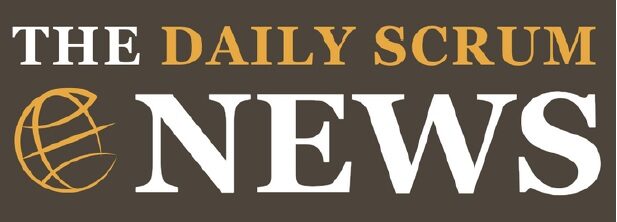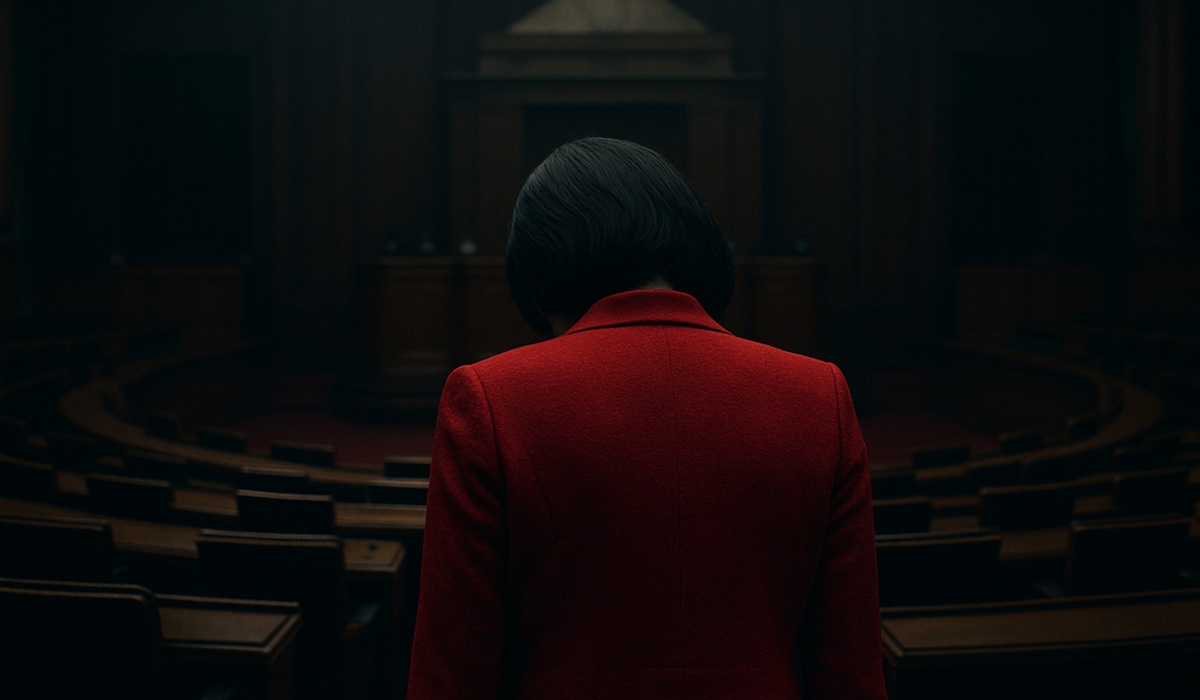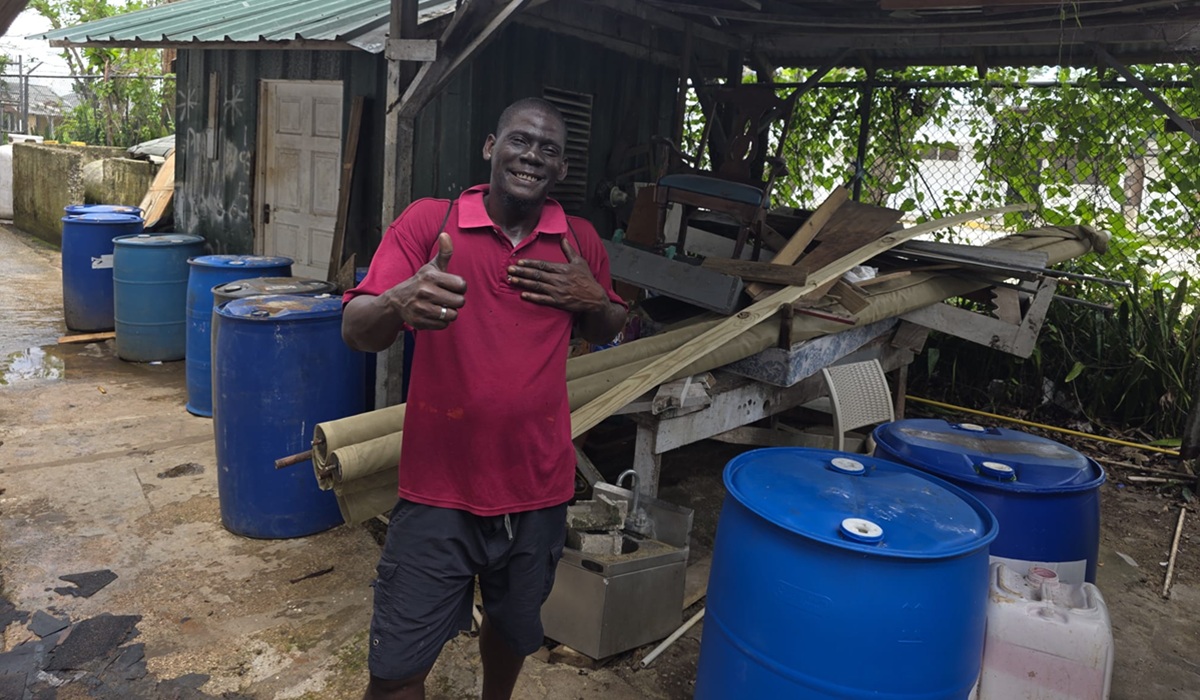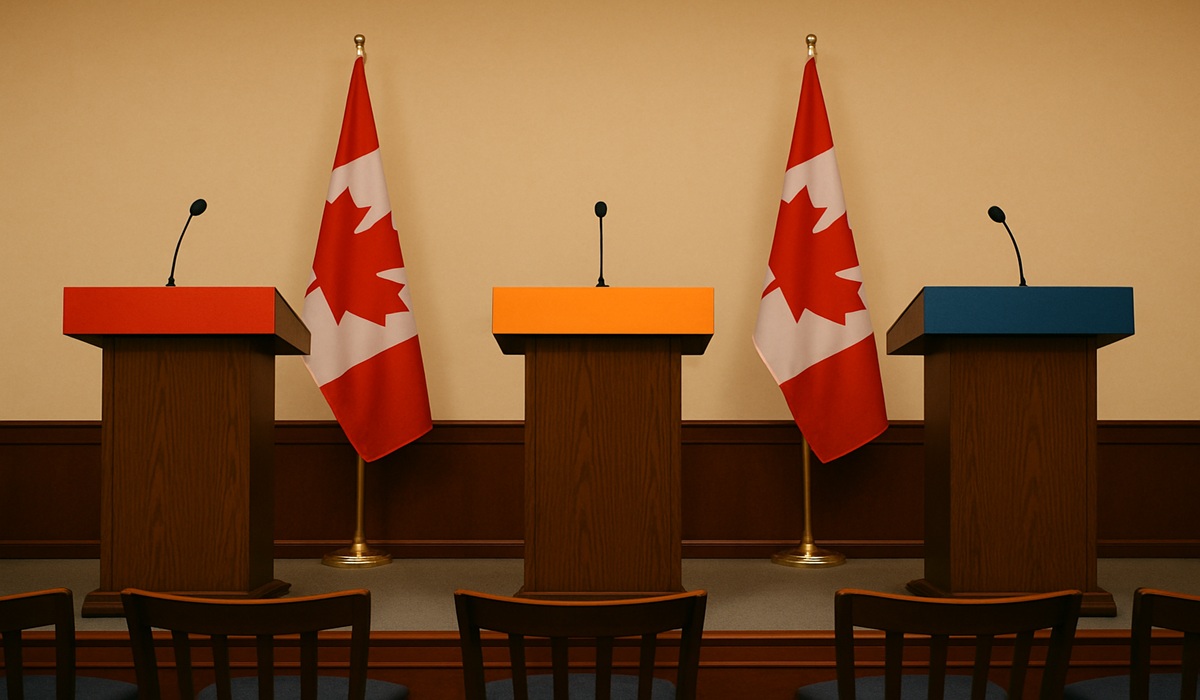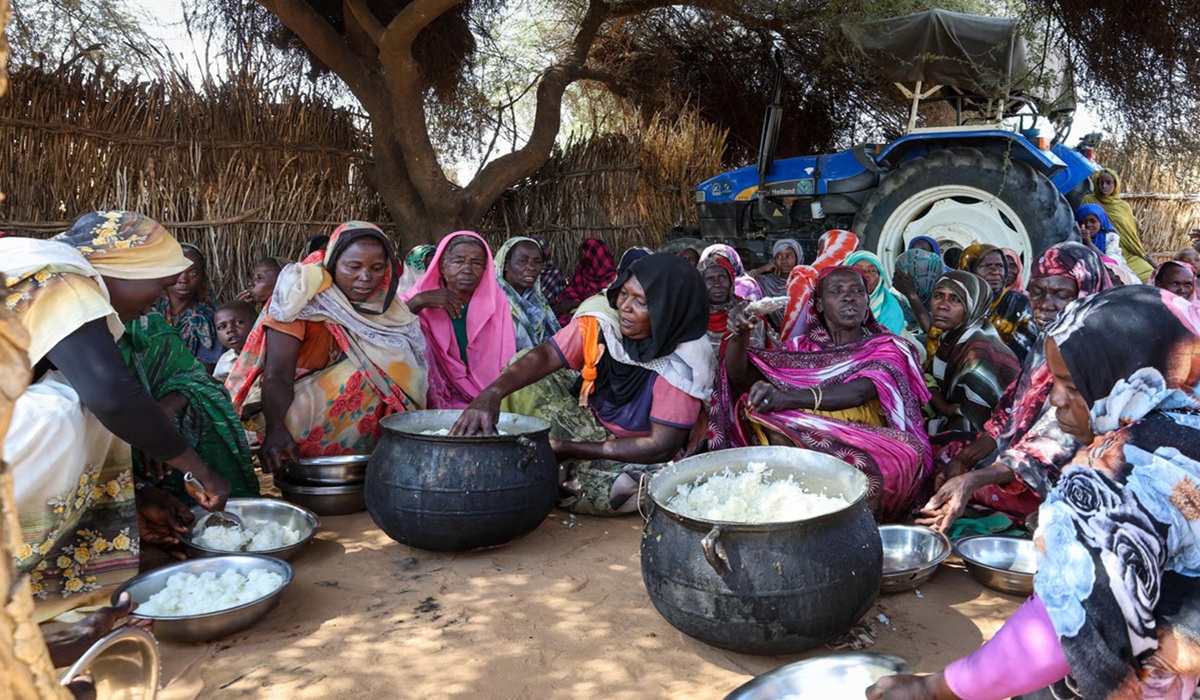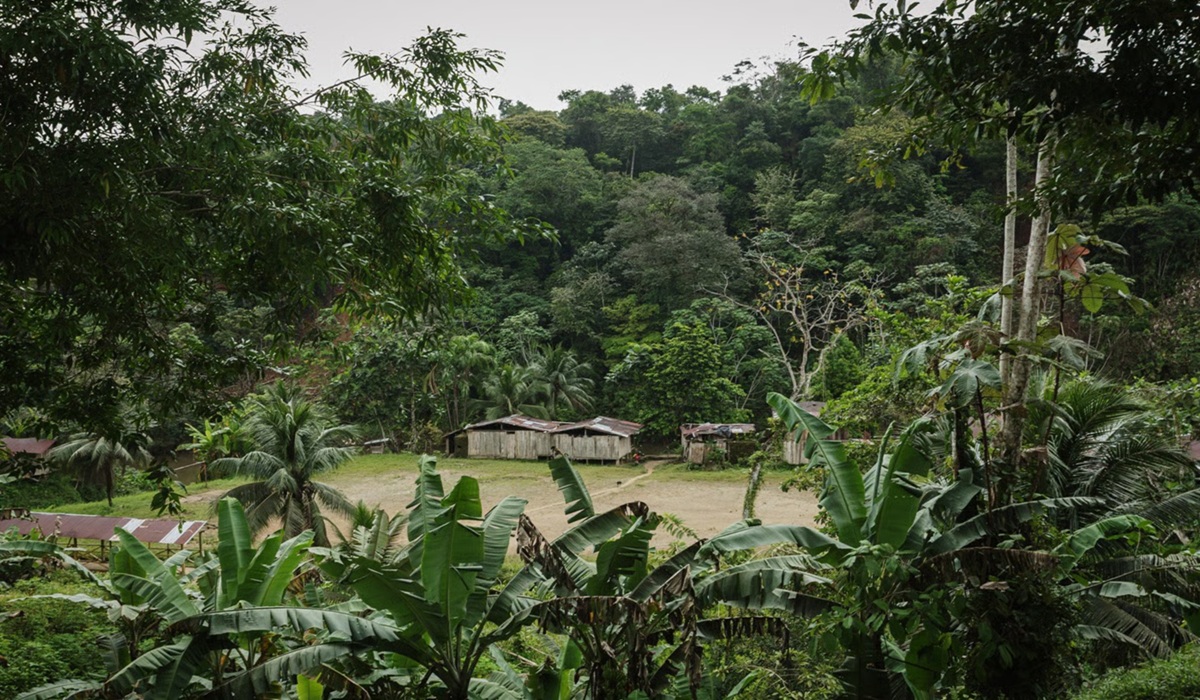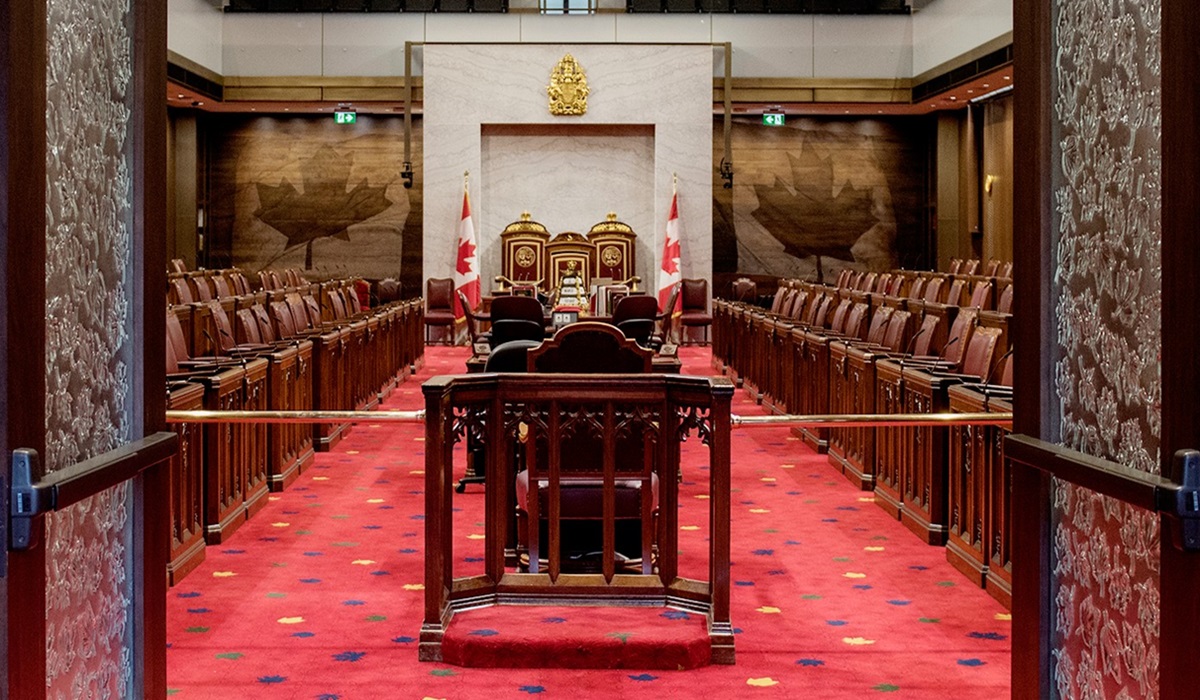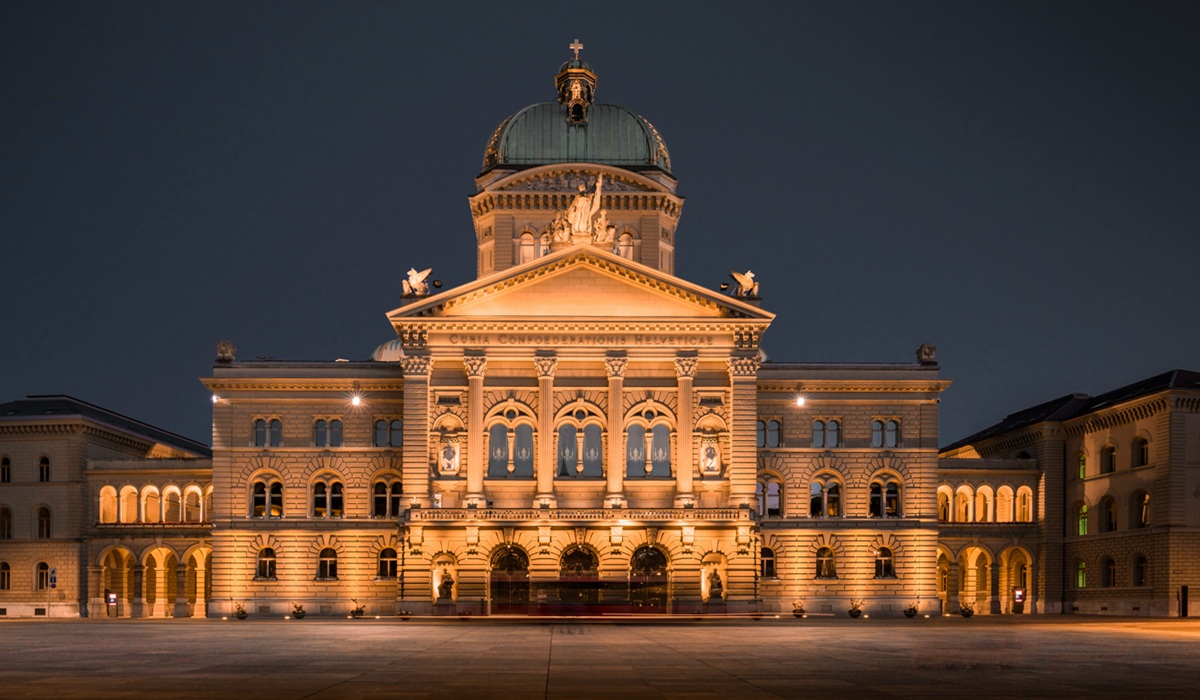Winnipeg’s Rec Funding Scandal: $100 Million for the South, Scraps for the North
- TDS News
- Trending News
- June 17, 2025
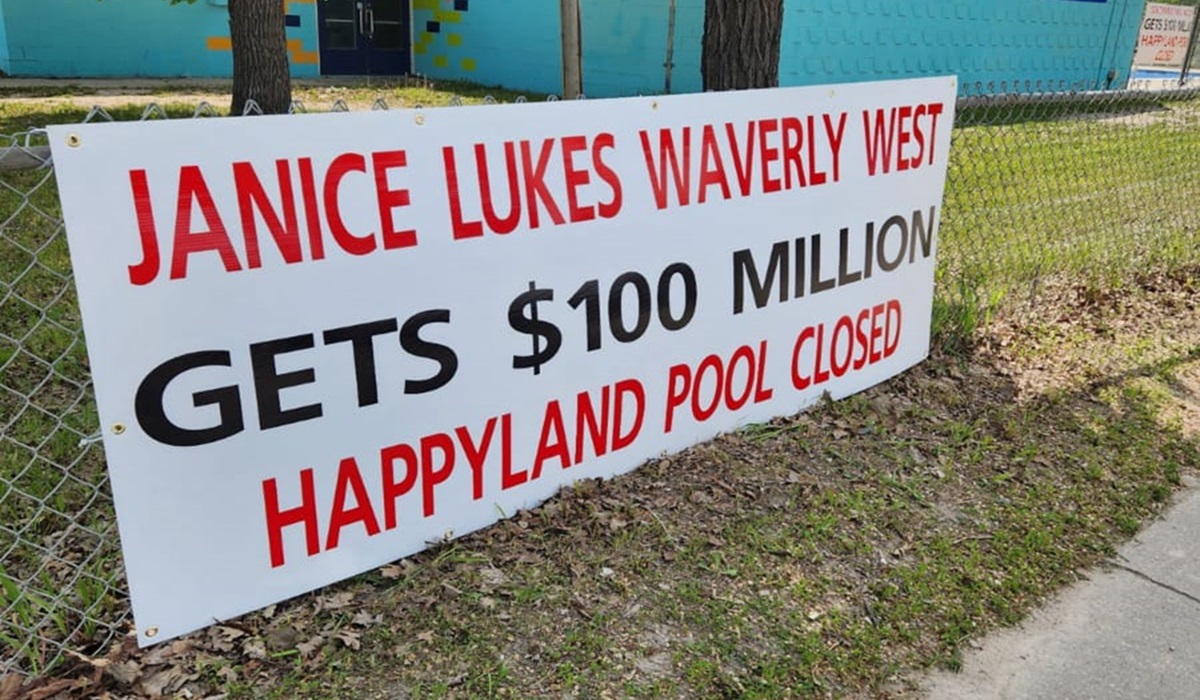
By Donovan R. Martin Sr. – Editor in Chief
The City of Winnipeg’s recent announcement to allocate $3 million over three years—$1 million annually—for recreational facilities in the North End is being met with a mix of relief and deep frustration. While the money is welcome in a region that has long suffered from chronic underfunding and neglect, critics are asking the obvious questions: why now, and is it anywhere near enough?
Let’s be honest—this investment is a drop in the bucket when held against the staggering $100 million recently earmarked for Waverley West, one of the city’s most affluent and fastest-growing neighbourhoods. The math is unavoidable. If Waverley West is worth $100 million in new recreational infrastructure, then the North End—where communities face significantly more challenges related to crime, poverty, and crumbling infrastructure—deserves far more than $3 million spread over three years.
This isn’t about pitting communities against each other or resenting wealth. Every neighbourhood in a city deserves quality recreational facilities. But when affluent areas that are not significantly impacted by crime or lacking infrastructure receive a hundred million dollars in new investment while underserved areas receive only a fraction of that, it raises serious questions about the priorities of Mayor Scott Gillingham and City Council. Are they giving more to the areas that already have resources simply because that’s where the votes matter more? It’s a fair and uncomfortable question—one that Winnipeggers deserve answers to.
Former Winnipeg mayoral candidate and author of Unrelenting, Don Woodstock, summed up the frustration bluntly:
“Every time the city pours tens of millions into areas that already have tennis courts, splash pads, and soccer domes while telling the North End to be happy with a million a year, it sends a clear message: if you’re poor, you don’t matter. This is not an oversight—it’s policy.”
Take the case of Happy Land Pool. The city wouldn’t find a mere $130,000 to keep it open. The community rallied, protested, and pleaded, only to be told again and again that it “wasn’t in the budget.” Contrast that with the Sherbrook Pool, located in one of the poorest neighbourhoods in the city—it never closed, but residents had to fight tooth and nail just to keep it afloat. The amount of advocacy, community organizing, and public pressure required just to maintain existing services in these areas is exhausting and frankly unjust.
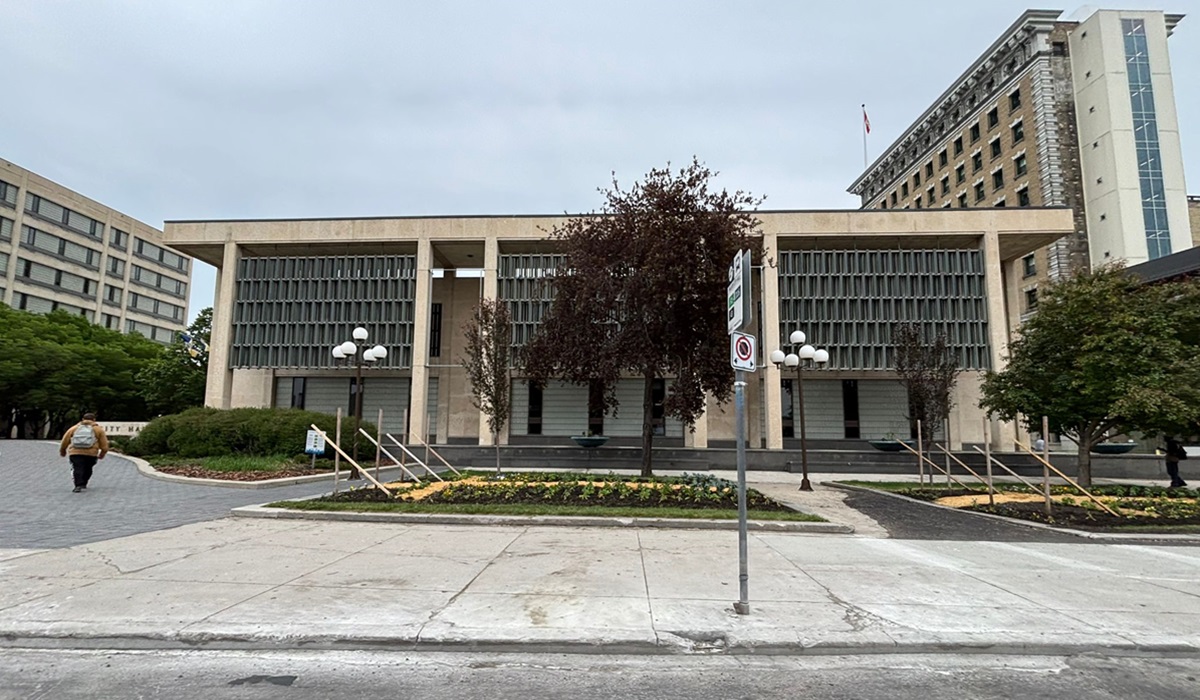
What the city still seems to miss is that taking away recreational facilities from already-struggling communities doesn’t just hurt—it actively contributes to worsening outcomes. These aren’t luxuries. These are safe spaces, community hubs, and alternatives to crime for thousands of youth who are otherwise left with nowhere to go and nothing constructive to do.
City Councillor for St. Boniface, Matt Allard, should be deeply embarrassed. He’s held his seat for years and still couldn’t save the Happy Land Pool—an essential community space in his ward. If after all this time he still couldn’t find a way to get $130,000 into the budget for something as basic as a public pool, then it’s time we start asking: what exactly does “representation” mean to him?
And let’s not mince words: Mayor Scott Gillingham gave $100 million to Councillor Janice Lukes’ ward and just $3 million to the area of the city that arguably needs the most help. If that doesn’t make citizens question his priorities, then what will? Would the mayor still have given $100 million to the south if the Arlington Bridge—an aging, critical artery for many in the North End—was located in Waverley West instead? You can bet he would’ve figured out a way to get it done. Maybe even dipped back into the bond market—his favorite financial instrument—to make it happen.
In fact, this repeated use of the bond market has many Winnipeggers wondering: is the City of Winnipeg quietly building itself on a financial house of cards? With growing debt, questionable financial commitments, and limited transparency about long-term repayment strategies, the average citizen has every right to be concerned. Where is the money coming from, and who is expected to pay it back?
And while all this unfolds, the city continues to funnel millions into programs and partnerships that provide little visible impact in the communities that need help the most. This isn’t about being anti-program. It’s about accountability. It’s about ensuring that money meant for the public good actually serves the public—especially those who are being left behind.
Where’s the visionary leadership? Where’s the return to summer programming that kept kids safe in the 1990s, when school gyms were open Monday through Saturday from 11 a.m. to 9 p.m.? Back then, children weren’t wandering the streets—they were playing basketball, joining camps, and engaging in supervised activities that helped keep crime low and spirits high.
Now? Those doors are locked. Those programs are gone. And the city’s idea of investment in youth is a slow trickle of underwhelming gestures wrapped in press releases and ribbon cuttings.
So while the $3 million pledge to North Winnipeg is being heralded as a positive step, it’s hard to ignore the stark contrast. Not when Waverley West is given $100 million. Not when neighbourhoods have to beg to keep pools open. Not when citizens are left asking if their city’s financial backbone is even sustainable. And certainly not when it becomes painfully clear that in Winnipeg, some communities are still expected to settle for less.
If Winnipeg is to move forward as a unified city, then equitable investment is not just a goal—it’s a necessity. Until the mayor and council start treating all communities with equal urgency, the message remains loud and clear: some neighbourhoods still matter more than others.
